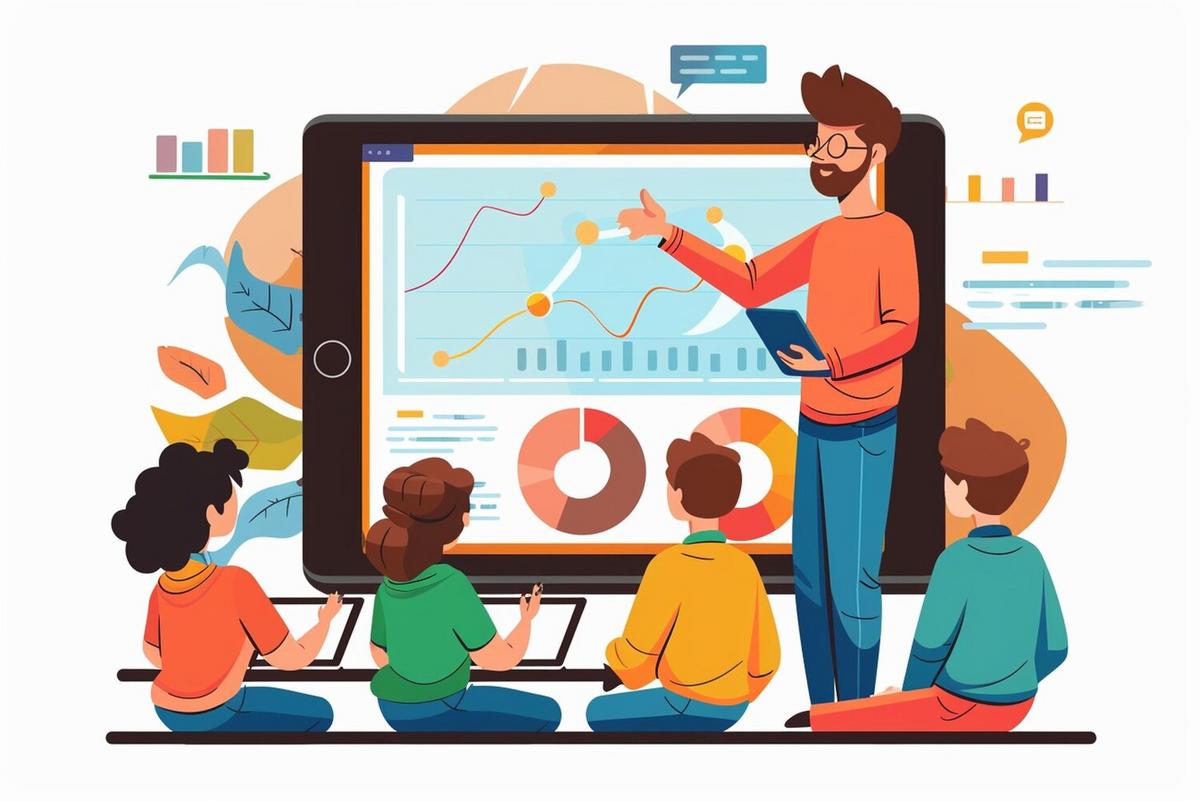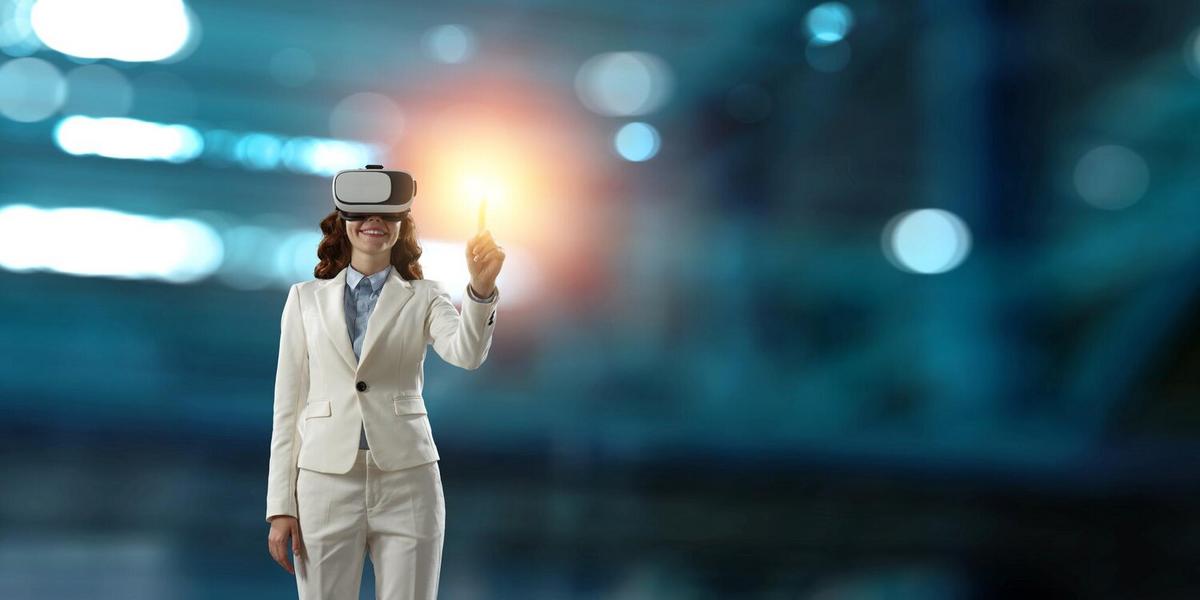
Augmented Reality: Transforming the Classroom Experience
Imagine a classroom where historical events unfold before your eyes, complex mathematical concepts are visualized in 3D, and science experiments are conducted virtually, all through the lens of augmented reality (AR). This is not a distant dream but a growing reality as AR transforms the educational landscape, offering an interactive and immersive learning experience.
Enhancing Engagement and Understanding
Augmented reality brings textbooks to life, bridging the gap between theoretical knowledge and practical application. According to a study by the New Media Consortium, AR is identified as a significant trend in education, with its potential to enhance student engagement and understanding.
“Augmented reality in education is not just about technology; it’s about enhancing learning experiences,” says Dr. Emily Watson, an educational technology researcher.
Expert Insights
Dr. Watson emphasizes that AR can cater to diverse learning styles by offering visual, auditory, and kinesthetic learning opportunities. This adaptability makes AR an excellent tool for personalized education.
Compelling Statistics
Research indicates that students retain 90% of what they learn through interactive experiences, a stark contrast to the 10% retention from reading. This statistic underscores the transformative power of AR in education.
Real-World Examples
Consider a history class using AR to explore ancient civilizations. Students could virtually walk through the streets of ancient Rome, examining artifacts and architecture in their original form. Such experiences not only make learning engaging but also deepen comprehension.
Actionable Tips for Educators
- Start Small: Integrate AR gradually, beginning with simple applications that complement your curriculum.
- Choose the Right Tools: Select AR tools that align with your educational goals and are user-friendly for both teachers and students.
- Encourage Exploration: Allow students to explore AR applications creatively, fostering a sense of discovery and innovation.
Table of AR Applications in Education
| Subject | AR Application |
|---|---|
| History | Virtual museum tours |
| Science | Interactive lab simulations |
| Mathematics | 3D geometry models |
| Language Arts | Story visualization |
| Geography | Virtual field trips |
| Art | 3D modeling |
| Music | Instrument tutorials |
| Physical Education | Interactive fitness guides |
Frequently Asked Questions
How does AR improve learning outcomes?
AR enhances engagement and retention by providing immersive and interactive learning experiences.
What equipment is needed for AR in classrooms?
Basic equipment includes tablets or smartphones with AR capabilities and the appropriate software applications.
Is AR suitable for all age groups?
Yes, AR applications can be tailored to suit various educational levels, from kindergarten to higher education.
Conclusion: Embracing the Future
As we embrace the digital age, integrating AR into classrooms offers an innovative way to enrich the educational experience. By fostering engagement and providing practical insights, AR is set to be a pivotal tool in shaping future learning environments. Educators are encouraged to explore AR technologies, gradually integrating them into their curriculums to enhance student learning and engagement.


